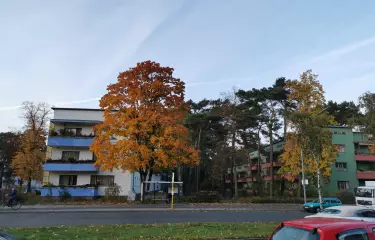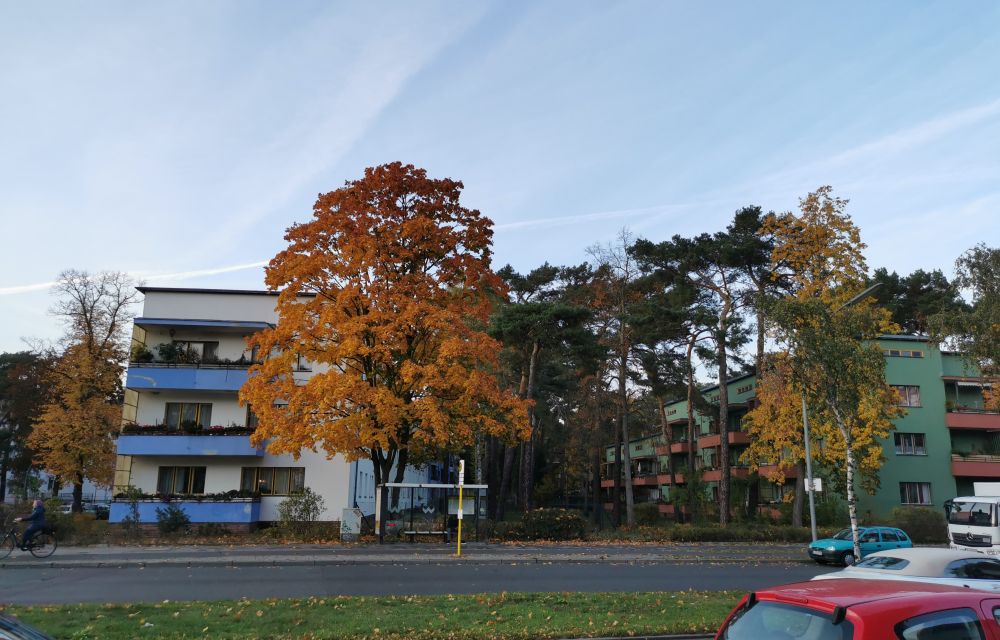art:berlin - Modern living culture - in Zehlendorf
Incentive
Can the most exquisite examples of the core question of the twenties "how to live?", some even with monumental value, be surmised in a still quiet, affluent residential suburb? Let's stroll along the paths beyond the noise, dirt and distractions of inner-city life and seek out the examples of wealthy Zehlendorf citizens who, even before 1918, wanted to shape a new type of individual retreat by building a classic single-family home. Together with architects such as Walter Gropius or Ludwig Mies van der Rohe, they gradually tried out new forms of living. Simplification, economy became the leitmotif in building, horizontal building bodies, a lack of ornamentation, garages and built-in cupboards gradually became new standards. Light, air and sun on individual plots of land always a matter of course - they remained a goal to be persistently achieved for mass housing. The joint commitment of developer, architect and municipal administration made possible a first pioneering modernist housing project near the underground, the Onkel-Toms-Hütte forest settlement with Hugo Häring, Bruno Taut and Otto Rudolf Salvisberg. This social and artistic approach was so radical that, in the understanding of national-minded ideology, it immediately required an aesthetic correction with its own settlement projects. Outstanding symbol: pitched roof instead of flat roof.
Please note that this tour requires a lot of walking.
in cooperation with the Bauhaus Archive / Museum of Design



